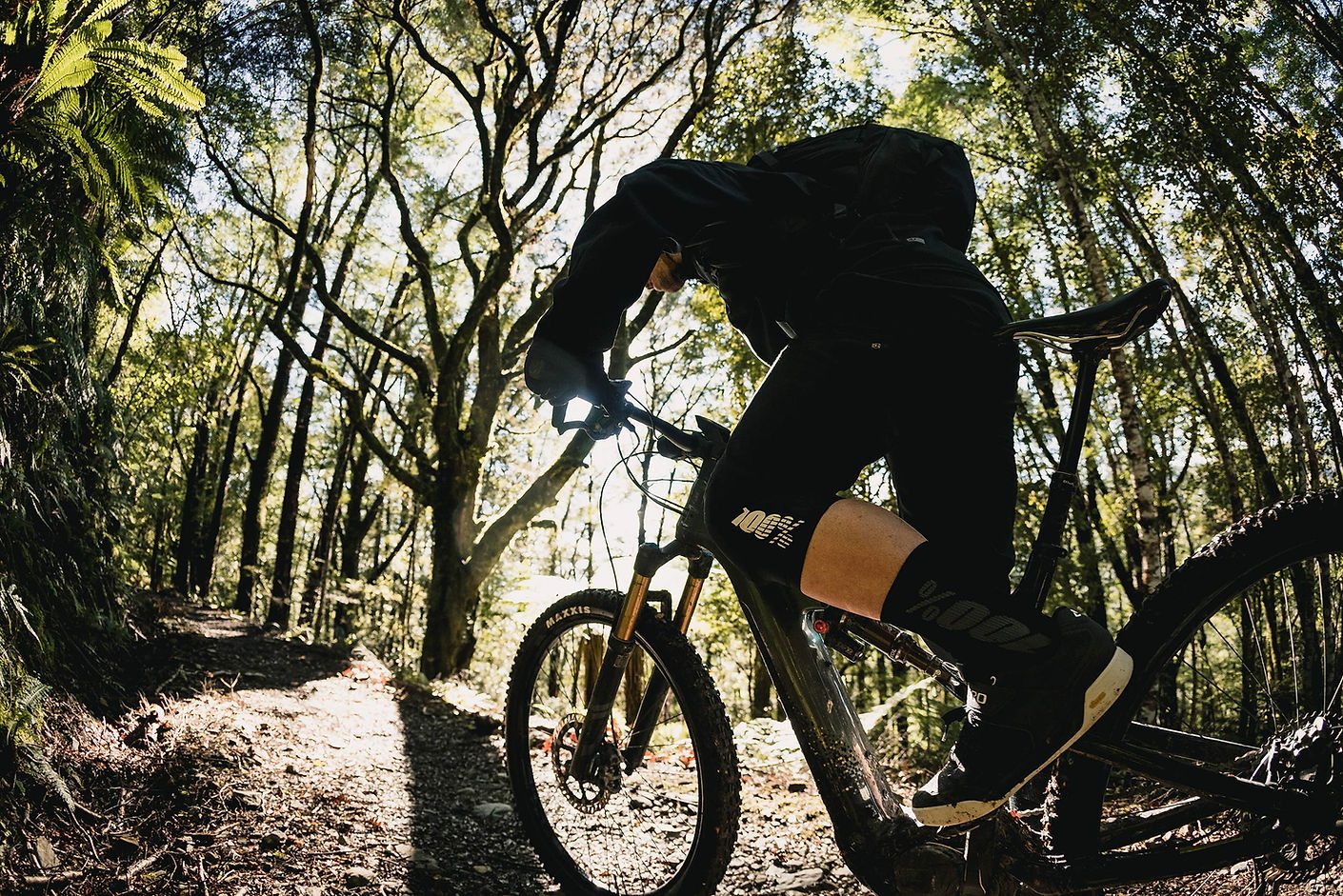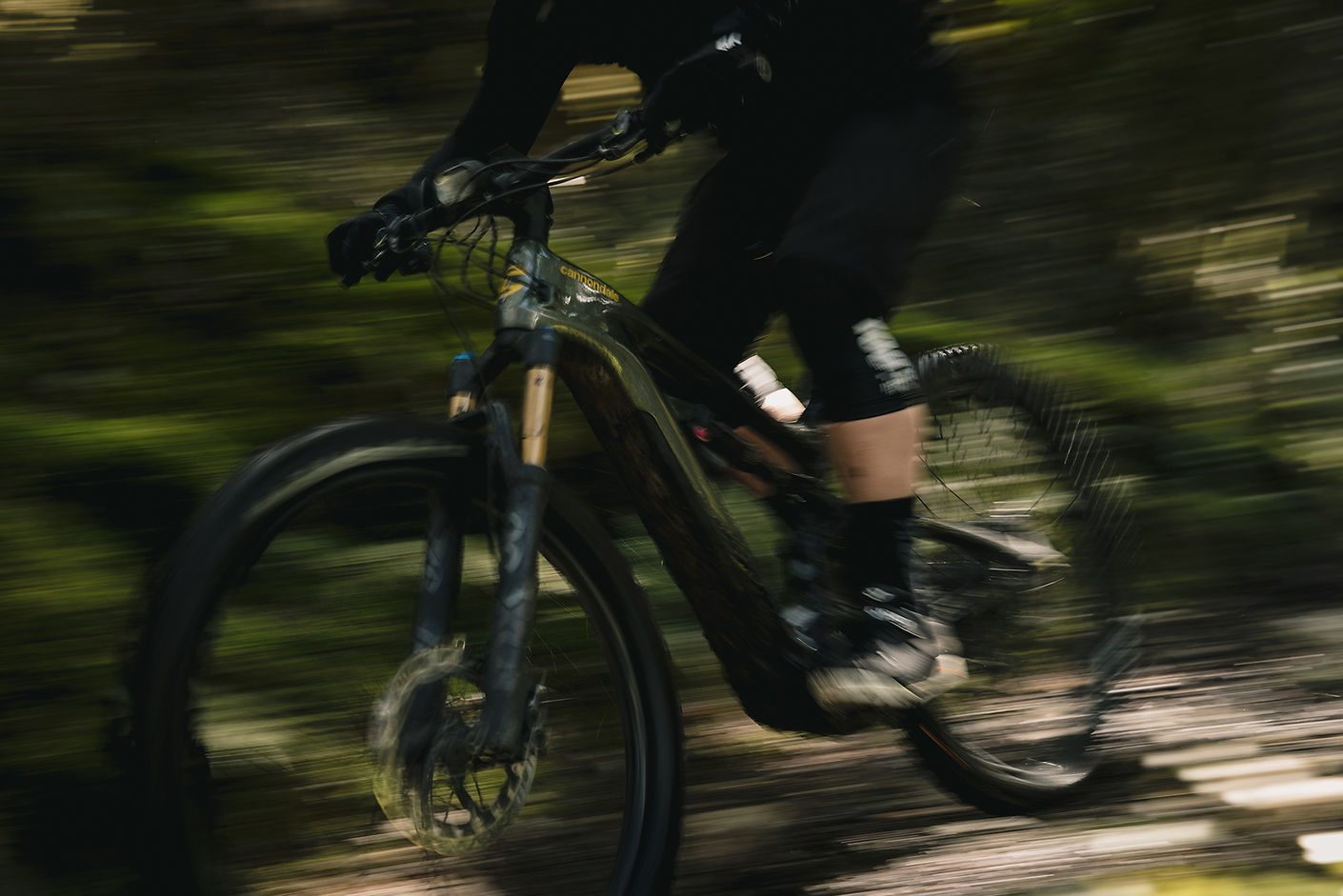Bosch’s ‘e’ Evolution
The visionary Robert Bosch always appreciated the advantages of the bicycle. From 1890 onwards, the Bosch company founder visited his customers in Stuttgart on a modern “low bicycle”, which was still little-known in Germany – penny-farthings were fashionable in continental Europe at the time. Robert Bosch relied on technology that he considered to be future-proof and forward-looking. In 1923, Bosch introduced to the market a dynamo light for bicycles – it comprised a generator and a headlamp, with over 20 million units produced into the 1960s.

Fast forward to 2009, the bicycle once again became a focus for the Bosch Group, this time in electrified form. In the last few years we’ve played, reviewed and ridden more and more Bosch powered eMTBs. We thought it was about time we reflected on their history as we mark our historic 100th issue. A few weeks back I caught up with Dave Howard, Head of eBike APAC at Bosch, based in Taiwan. We’ve met in person before, but this time it was across digital means for obvious reasons. In fact, he was based in China but recently Bosch have moved offices to Taiwan to get closer to the brands and the assemblers.
Dave explained; “Back in 2009, it was just a handful of guys. First it was a hybrid with Mercedes Benz – it was a bit of a Frankenstein.” Bosch was, and has always been, around service first – following in the footsteps of their automotive division. “We never thought eBikes would have this much success.” In 2011/12, serious production began around the commuter space but Bosch had nothing in mind about eMTB. It strangely enough came from Taiwan, some of the cycle industry wanted to adapt it into MTB. As the industry always wants to push forward, a prototype concept was brought about. The tinkering began and the adaption of electric to MTB’s was made. However, it was still a prototype and a long way off from being available on the market.”

A few years later, in 2014, the Bosch bicycle team was around 150 people. The business expanded for the global market. Bosch has staunch stance on supporting growth of OEM’s (Original Equipment Manufacturer) especially in North America. Of course the rest of the world matters, but North America is strategically important moving forward. At that time there was only handful of brands in the eMTB game.
Dave says; “IBD’s (Independent Bicycle Dealers) are the gatekeeper to the market and some of the IBDs sold throttle-based bikes without service. At that time there was push back from IMBA. Talk was about how these bikes would destroy our sales with ‘normal’ bikes. So, we needed to develop a strategy around this. It was a challenging time, there was a real stigma around it being lazy.”
When asked about our market, Dave says: “NZ was a surprise for Bosch as they were fast adopters, actually the market demanded Bosch came into the market sooner rather than later.” Bosch had to make moves quickly to keep up with the demand. “[A speed of] 32km per hour was a key thing and the importers asked Bosch to come into market. In NZ there were no barriers except getting product into the market.” I ask whether it will slow down? “Growth projection for NZ is starting to slow a little, however they predict around 13% growth over the coming years.”

Over the years, Bosch has seen their eBike consumers change. The average user when they first launched was the Baby Boomer but, in more recent years, they’ve seen the age group drop down to the mid-thirties. It seems the trend is catching on. This is helped by their expanding portfolio of brands, rather than just being niche. Consumer perceptions are key and driven with top-end brands entering the category. In recent years, the smaller boutique/niche brands have adopted it, so in essence this makes it a more acceptable part of the mountain biking culture. Dave says, “it’s gone from niche to mainstream. There’s now an overpopulation of the category with a huge demand. It (eMTB growth) is supported by not only Bosch, but other brands that are driving the scene.”
Moving to the current decade, the eBike division at Bosch has expanded to around 500 people, and Bosch has around 70 brands using their product. Dave explains, “the aim is to have a team that’s small and agile.” Well, with a year most won’t forget, the adaptability of any business will be the key to future prosperity. I ask about what the future holds for eBikes? “Light eMTB will be the key; high-end bikes will remain but there’s a key to getting more people on bikes and involved with the sport. Design integration of battery and drive unit together. This is why we built a purpose-built drive unit so it could be a proper feel. There’ll be more innovating and refinements.” However, I want to know if they can extend the range of the batteries, as this catch up was just after our Old Ghost Road escapade (story in this issue), where we ran out of range. “There are limitations with batteries, if you increase the range then you need a bigger size and it’s a challenge with frame designs. If you want more range, then you need more space.” Back to the topic of the future. “Pre COVID 19 it (the future) was bright, and post it’s blinding, but we will need to step forward with caution. eMTB’s will continue grow, especially as the brands we all know and love have more offerings within the category. We aspire to have a more natural feel and for the bike not to feel like a powered bike. The future is a super clean handlebar set up. We will continue to promote trail building and development.”
Words: Liam Friary
Images: Cameron Mackenzie

